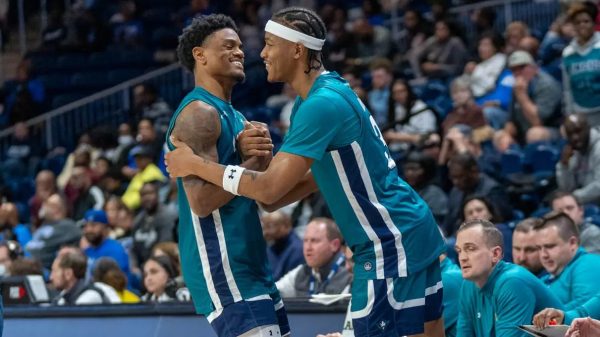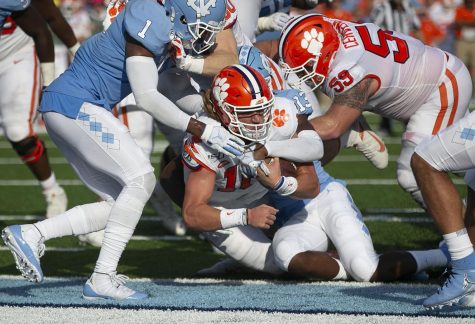Shield Talk: As NFL ratings drop, how does the League recuperate?
There is no other way to put it and no way to sugarcoat it: NFL viewership is down.
Fewer people are watching football on Sunday (or Thursday… or Monday). According to ESPN.com, viewership is down 7.5 percent through the first six games this season compared to the first six games last season.
Compared to the first six weeks of the 2015 NFL season, the numbers are down 18.7 percent. So, yes, fewer people are watching football. But the real question is why?
There a couple of reasons that should be considered. First and foremost is the NFL’s recent national anthem controversy. Many fans are boycotting the sport because some players are protesting social injustices during the national anthem.
The NFL is attempting to handle this issue as best as it can – it doesn’t want to tell players they have to stand because an uproar among players would likely result. The NFL also doesn’t want to condone protesting the national anthem because it is costing them money in lack of viewership.
In a meeting with NFL executives, owners, and several players, the NFL came to the conclusion that it wouldn’t require its players to stand for the National anthem. Though it is worth noting that NFL Commissioner Roger Goodell said that players “should” stand for the national anthem. Regardless of the statements, as long as players protest during the national anthem, angry fans will tune out.
Other possible reasons for lower ratings are the slow mechanics of the sport, as well as its weaker marketability.
Football is a slow sport. You run a play, and suddenly you have to wait 30 to 40 seconds until the next play happens. After each score, punt, end of quarter and timeout, the TV cuts to a commercial break. Suddenly 60 minutes of actual playing time turns into a three-and-a-half-hour television broadcast. Compare this to other sports, like the NBA. Basketball has minimal stoppages and commercial breaks.
Another thing basketball has over football is marketability. An NBA game is usually marketed around two superstar players going head to head against each other: LeBron James vs Steph Curry, Russell Westbrook vs James Harden, Kawhi Leonard vs Anthony Davis, etc. And when you turn on those games, you see those two players on the court guarding each other.
Football is marketed in a similar fashion, and it shouldn’t be. The classic example is the quarterback battle: Tom Brady vs Peyton Manning, Derek Carr vs Alex Smith, etc. The issue with these marketing campaigns is that two quarterbacks are never on the field at the same time. It creates a much less personal battle. The quarterbacks themselves will tell you that much.
Also, continuing the NBA and NFL comparison, the NBA is a superstar-driven league. In a five-on-five game, it’s possible to intimately know all 10 players on the court at once. In football, it takes someone who knows the sport well to know all 22 players on the field at one time. In short, the NFL is not as intimate of a competition, therefore not as marketable.
In the short-term, the NFL’s ratings issue is not a major problem. In the long-run, it could pose some problems. If the downward trend continues, the NFL will have to make a major change in the way the sport is presented.
Columnist Brent Jansen can be found on Twitter @BrentJans. Any tips or suggestions should be forwarded via email to [email protected]. For video updates from The Seahawk, subscribe to our YouTube channel.













